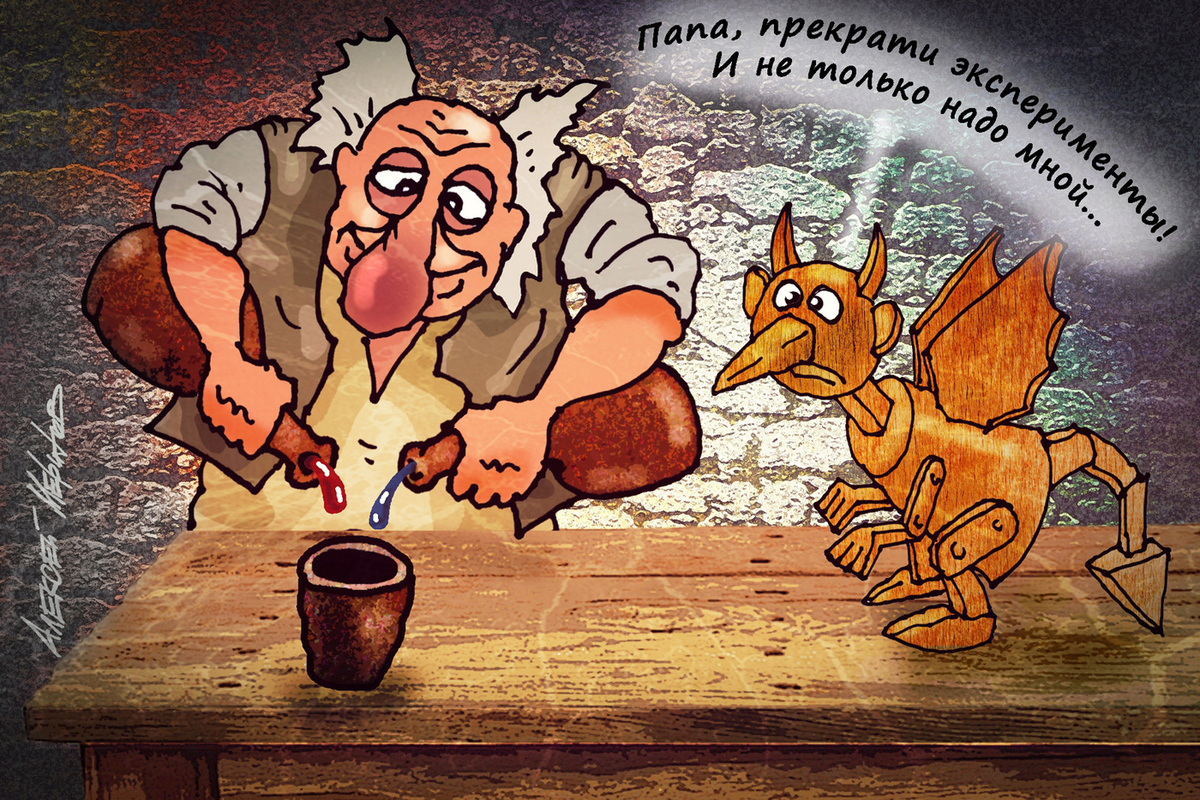The original alcohol trends of 2024 have been named: Russia is relying on local liqueurs
[ad_1]

Herbal vodkas are a continuation of the traditions of the Tsarist era
Specialists from one of the large alcohol producing companies have published trend forecasts for 2024. It is expected that alcohol consumers will follow the gourmet path: they will drink less, but more expensive and refined drinks, while focusing on local products and unusual sensations. Although after the introduction of the next package of sanctions Russia seemed to be excluded from global processes, everything here is predictable – our trends will be in tune with international ones.
A trend that cannot be ignored is the rise in prices for almost any alcohol, and especially for high-quality imported alcohol. As a result, that category of consumers who prefer to drink for the sake of taste and pleasure, and not for the sake of primitively attracting a “degree” to the body, inevitably changes their habits: now these people buy more expensive alcohol, but in smaller quantities.
As Ruslan Bragin, a member of the guild of marketers, said in a conversation with an MK correspondent, all these trends are also relevant for the Russian consumer – however, it is necessary to take into account that different social groups traditionally have different preferences, opportunities and demands.
“We see that there is still a demand for premium drinks in society, and very expensive drinks are selling even better than the average price category. The answer is very simple: many people buy for gifts, not for themselves. Therefore, an expensive drink almost certainly must be elegantly packaged. The next trend is the search for unusual tastes, and here, too, Russians have the same inclinations as everyone else. For example, experimental methods of aging – we have long known how some merchants buy Scotch whiskey and pour it into a barrel of Russian wine or even beer to get a new unusual taste. There are a lot of experiments today – for example, tequila is mixed with whiskey.
According to Ruslan Bragin, the trend of using local vegetables, berries and herbs has been successful in Russia for several years now. This allows us to make unique drinks that are valuable not only in a gastronomic, but also in a cultural sense.
— If we look into history, we will see that all traditional Russian vodkas were made with herbs, because alcohol is a good transporter of healing substances contained in herbs. So this is a continuation of the traditions of the 16th-17th centuries – the production of drinks using local herbs. There is a demand for this in society; this is one of the types of culinary patriotism. These can be sweet liqueurs made with local berries. There are several factors here: firstly, a decrease in alcoholism, secondly, concern for the environment, and thirdly, the benefits that plants have on the body. In addition, the introduction of such drinks teaches people to create gastronomic pairings – for example, tinctures of Siberian herbs in combination with traditional Siberian dishes.
In regions where many local berries grow, original liqueurs made with bird cherry, sea buckthorn, lingonberry, and elderberry have long been popular. The same trend can be traced in the world of wine: many autochthonous (locally unique) Russian grape varieties are remembered by consumers precisely because of their characteristic natural aromas. Thus, in the white Siberian variety, many people detect notes of field herbs – clover, oregano and others. And in the red variety “Krasnostop” you can notice shades of the aroma of traditional Russian vegetables (sometimes it is compared to borscht or vinaigrette).
In 2024, the popularity of low-alcohol drinks (wine and beer instead of cognac and vodka) will grow globally, but in relation to Russia this trend raises questions. The fact is that our country has already faced several waves of rising wine prices. First, in July 2023, the Russian Government almost doubled import duties on wines from unfriendly countries – up to 20% (instead of 12.5%), but not less than $1.5 per liter. This means that foreign wines, especially European ones, immediately went up in price by about the same 20%. After that, in November 2023, the State Duma of the Russian Federation adopted in the third reading a bill that increases excise taxes on wine almost threefold from May 1, 2024 – instead of 34 rubles per liter, the excise tax will increase to 108 rubles. The rates will continue to rise. The bill amends the Tax Code of the Russian Federation and provides for an increase in excise taxes on wine in 2025 to 112 rubles. per liter, in 2026 – up to 116 rubles. The excise tax rate on sparkling wines will be even higher – 141 rubles. per liter in 2024 and then increasing. This means a rise in price for absolutely all wines (regardless of the manufacturer), so you shouldn’t be surprised if consumer interest in them decreases.
[ad_2]
Source link






